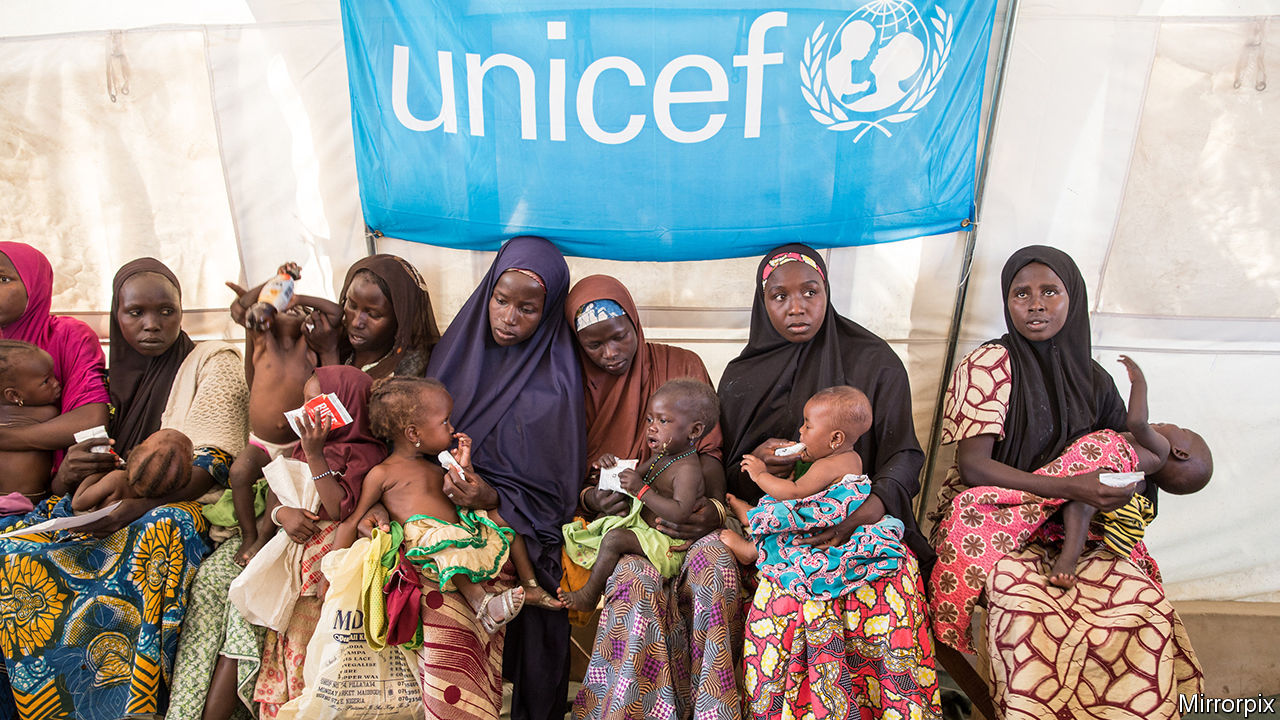

Telegraph Troop was formed as a mounted unit with horses being used as draft animals until 1937. Using animals to aid wartime communications A trench reconstruction can be seen in the Museum. In 1915 trench sets were used on the western front but were not a great success – in part because the enemy could easily overhear the messages. An example of the Marconi transmitter – which would fit into an aircraft and send morse signal to be picked up on the ground – is held in the Museum. In 1914 the Royal Flying Corps began to use wireless to direct artillery fire. These were mainly heavy, cumbersome, unreliable spark transmitters which operated on long wave. A Begbie Lamp is on display at the museum.īy the outbreak of WWI the army had a small number of wireless sets.

The lens concentrated the light so that it could be used over great distances. The paraffin-burning Begbie Lamp was used from 1880 until 1915. These could be operated from cover and read using a periscope. However, visual signalling was generally considered unsuitable for trench warfare as the operator had to show himself. The heliograph, flags and lamps (all of which are on display at The Museum) played an important communications role, particularly where the army was moving too quickly to establish a telephone network. In 1915 signalling discs and shutters were introduced. Using lightweight silk flags a competent operator could reach about 12 words per minute.

These variations affected the speed at which the operators could send their message. Signalling flags were normally blue and white and varied in size and material used. The main types of visual signalling were flags, lamps, lights, and heliograph. They communicated from HQ down to Brigades (and for artillery) down to Batteries. Throughout most of The Great War the primary means of communications were visual, telegraph and despatch, with most despatch carried out either via runner, horseback or motorcycle. In 1912 the Royal Engineer Signal Service was formed with responsibility for all forms of signalling visual, telegraph, telephone, signal despatch and later wireless communications.


 0 kommentar(er)
0 kommentar(er)
